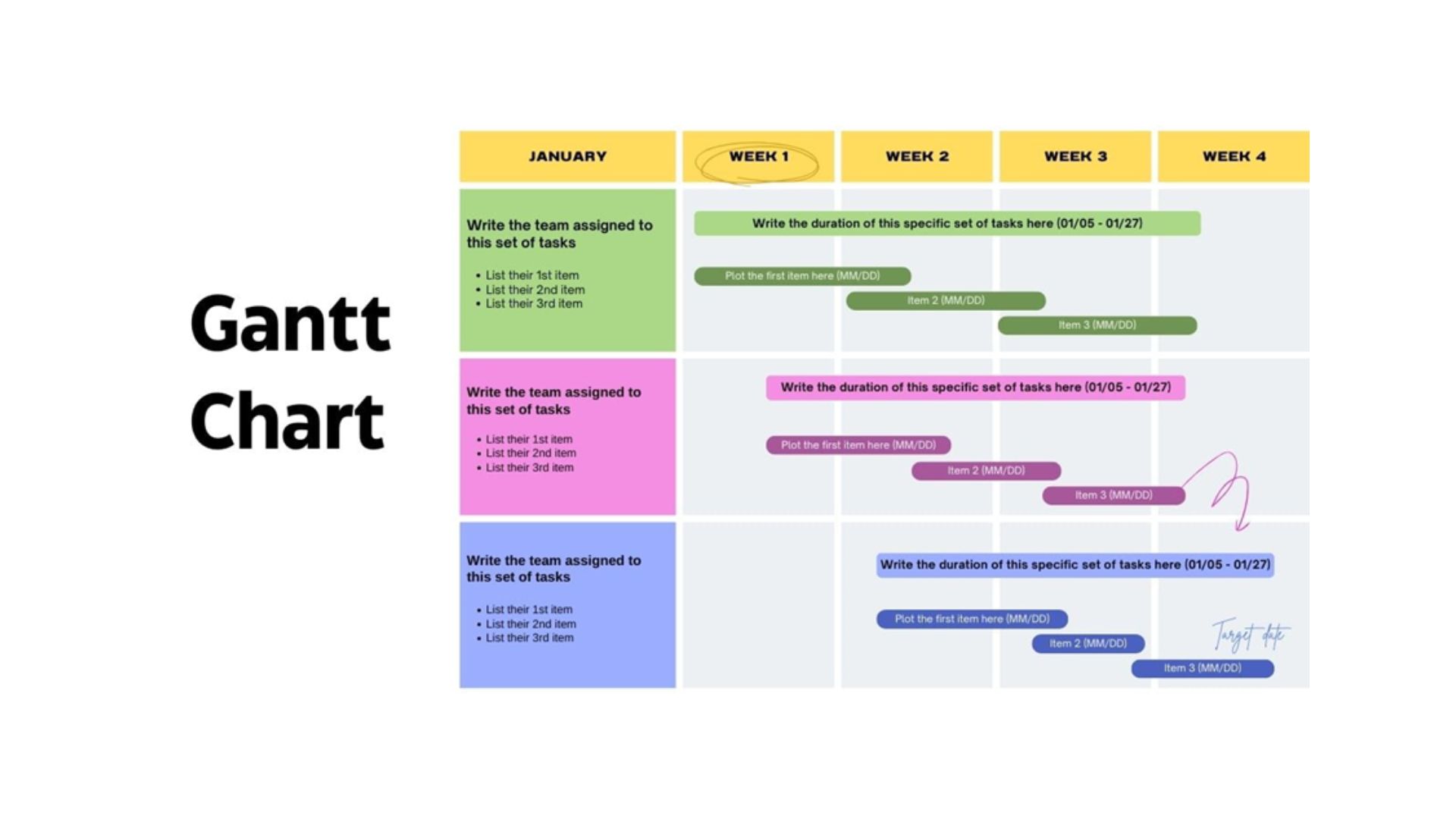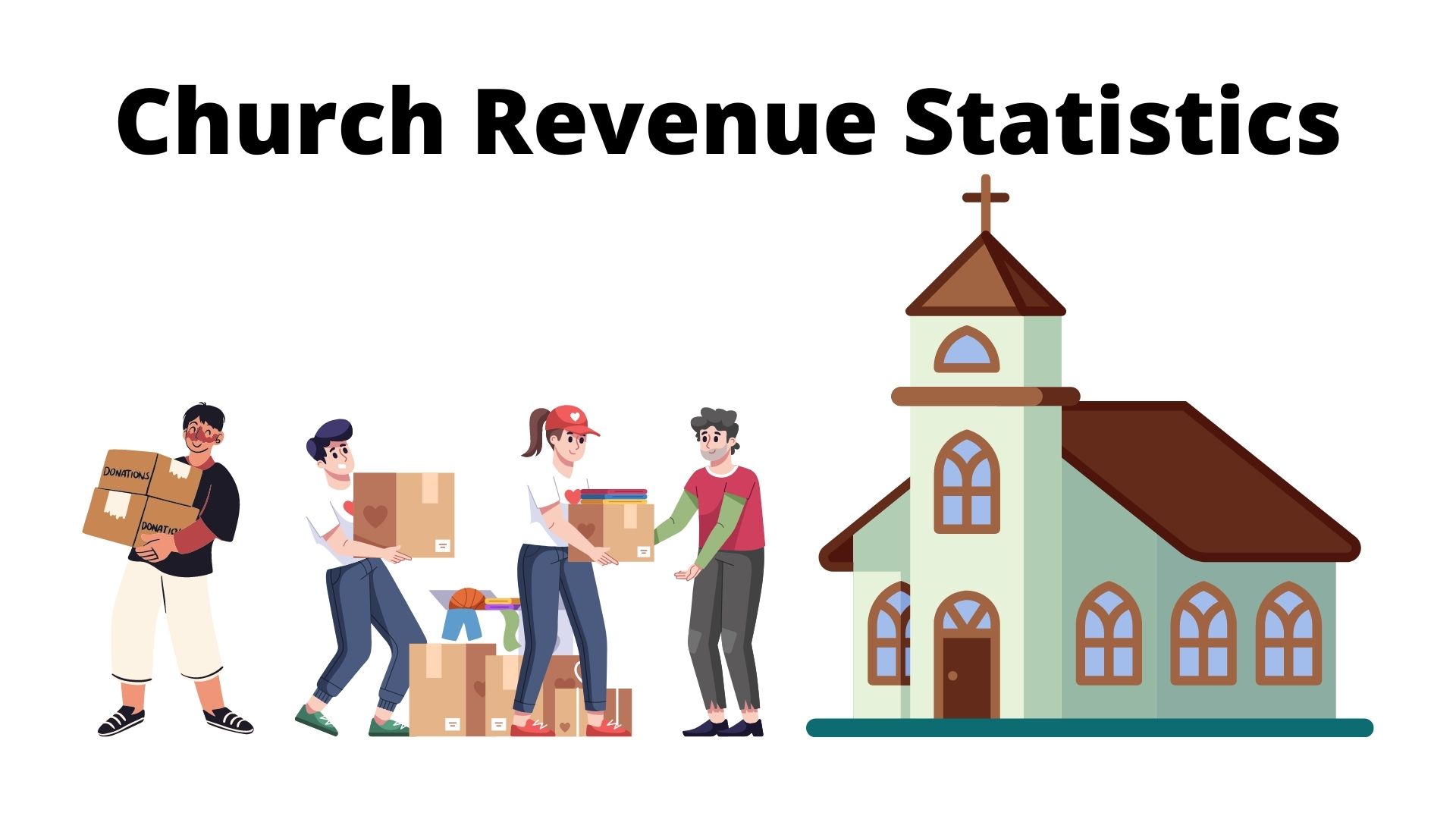Microsoft’s $26B Deal for LinkedIn Puts Social Back on Enterprise Map
One Twitter user reacted to Microsoft's $26 billion acquisition of LinkedIn by saying both companies are “basically tech manifestations of the guy you don't want to sit next to on a plane.” I suspect what this person meant was that these companies are so ubiquitous that it's tough to escape them, should one ever want to do so. They can be a little overbearing.
Yet guys on the plane can sometimes hook you up with stuff you need to get your job done – whether it's a suggestion, a referral or a new tool you've never tried before.
That's the angle being promoted by the CEOs of both Microsoft and LinkedIn.
The deal is “key to our bold ambition to reinvent productivity and business processes,” wrote Microsoft CEO Satya Nadella in an email to employees. Bringing together the information contained in LinkedIn's network — which now has some 433 million members – with the information in Office 365 and Dynamics “will make it possible for new experiences such as a LinkedIn newsfeed that serves up articles based on the project you are working on and Office suggesting an expert to connect with via LinkedIn to help with a task you're trying to complete.”
If that sounds like social networking, it is.
The acquisition signals the consolidation of the social networking space, said Denis Pombriant, founder and managing principal of Beagle Research Group. “… I believe this is an inflection point in the social networking space. By virtue of Metcalfe's Law, it's a small market with huge numbers of customers. I think social networking is becoming a feature and not a platform.” (He elaborates on this point in a blog post.)
Putting Social Networking into Enterprise Workflow
Writing for Bloomberg, Josh Brustein opines that the deal “is giving Office a social network of its own,” which will add value to Microsoft's productivity suite. So, for example, Outlook could offer users information from LinkedIn that would help them better prepare for meetings with clients or prospects. And Microsoft should be able to help LinkedIn grow its number of active users (those who sign in at least once a month), which is only about a quarter of its overall membership of 433 million.
The companies may have the right combination to deliver social features where they will actually benefit workers the most, within the applications they use to get their jobs done. This hearkens back to Pombriant's point of social networking becoming a feature rather than a standalone platform.
To truly succeed, social tools must be integrated into an existing collaborative workflow. “Social needs to be part of a regular workflow and the applications that users spend time in,” Rob Arnold, program manager, Unified Communications and Collaboration for research firm Frost and Sullivan, told Enterprise Apps Today in a 2014 interview.
While other companies have attempted to address this — SAP with its Jam product, Salesforce with Chatter and Microsoft itself with Yammer — the combination of Microsoft and LinkedIn may be the one that wins broad enterprise adoption, assuming they are able to effectively integrate their products.
Tom Petrocelli, research director, Enterprise Social, Mobile and Cloud Applications, for consulting firm Neuralytix, told Enterprise Apps Today in 2014 that vendors needed to do a better job of showing users how social software can make their lives at work easier. “They should be doing things like demonstrating how much easier the software makes it to put together a sales proposal,” he said. “That is why integration is such a big deal. How can you participate in proposal creation when so much information is living in the CRM system?”
In his message to employees, LinkedIn CEO Jeff Weiner mentioned several specific opportunities where the companies can possibly combine forces. Among them: integrating LinkedIn's Lynda.com learning solution in Office; “redefining social selling” by combining LinkedIn's Sales Navigator with Dynamics, Microsoft's CRM product; and adding LinkedIn's social networking capabilities to Microsoft products like Bing, Outlook, Skype and Active Directory.
Money Matters
Weiner also said the deal would insulate LinkedIn somewhat from competition by giving it the kinds of resources found at giants like Apple and Google. He wrote:
“Imagine a world where we're not pressured to compromise on long-term investment, hesitant to disrupt ourselves, or hamstrung in the way we can reward and acquire new talent due to stock price concerns, but consistently investing intelligently toward the realization of our mission and vision.
And imagine a world where a global economic downturn doesn't limit our ability to execute, but reinforces the essential quality of our purpose and actually strengthens our resolve when people need us most.”
Pombriant said the economic stability offered by Microsoft will benefit LinkedIn's hundreds of millions of users. “I am not sure LinkedIn had a revenue model that was working, but all vendors are dependent on it to varying degrees. Having Microsoft shelter LinkedIn under its wing is kind of a service to all,” he said.
LinkedIn's $26 billion price tag amounts to $196 a share. This is above the company's recent trading value of $100 to $130 a share, but far below its peak trading value of $270, which it reached last year.
Microsoft is taking a relatively hands-off approach to the acquisition, Nadella wrote, with LinkedIn retaining its brand and Weiner remaining in his role and determining “what makes sense to integrate and what does not.” Kurt DelBene, Microsoft's executive VP of corporate strategy and planning, will lead overall integration efforts. Qi Lu, Microsoft's EVP of Applications and Services Group, and Scott Guthrie, EVP of Microsoft's Cloud and Enterprise Group, will work with DelBene.
Ann All is the editor of Enterprise Apps Today and eSecurity Planet. She has covered business and technology for more than a decade, writing about everything from business intelligence to virtualization.

Public relations, digital marketing, journalism, copywriting. I have done it all so I am able to communicate any information in a professional manner. Recent work includes creating compelling digital content, and applying SEO strategies to increase website performance. I am a skilled copy editor who can manage budgets and people.



